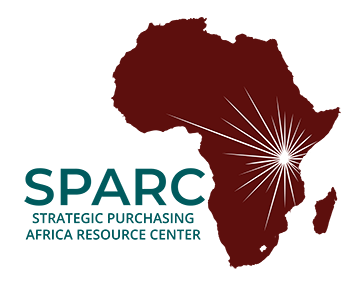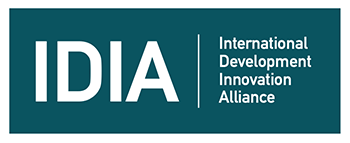[In this IFPRI blog, Natasha Ledlie, Aulo Gelli, Amy Margolies, Christopher Kemp and Carol Levin provide an overview of new research in Malawi evaluating the cost-effectiveness of an integrated agriculture and nutrition intervention — as part of the Strengthening Economic Evaluation for Multisectoral Nutrition Strategies (SEEMS-Nutrition).]
A world free from malnutrition requires coordinated efforts across sectors, and the research suggests there is good reason to be enthusiastic about such interventions. However, assessments of their costs and cost-effectiveness are harder to come by.
One such study offers a promising way forward. Researchers at IFPRI and the University of Washington examined an integrated nutrition and agriculture intervention designed to improve the nutrition of meals offered through Malawi’s community-based childcare centers (CBCCs)—finding its estimated benefits (assessed as part of a related impact analysis) outweighed the intervention costs.
The economic evaluations used the framework and methods developed as part of the Strengthening Economic Evaluation for Multisectoral Nutrition Strategies (SEEMS-Nutrition) initiative. SEEMS-Nutrition aims to improve the comparability and use of economic evaluation findings across different multisectoral nutrition interventions through a standardized method, set of tools, and analysis.
To read the full blog, click here.
Photo © Melissa Cooperman/IFPRI













